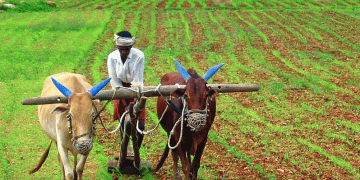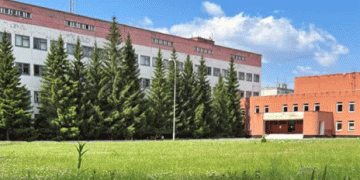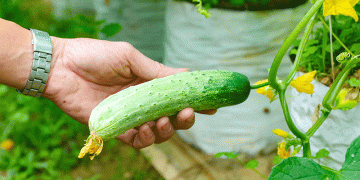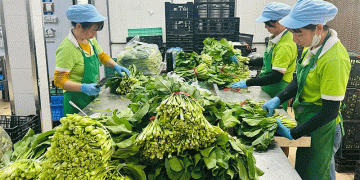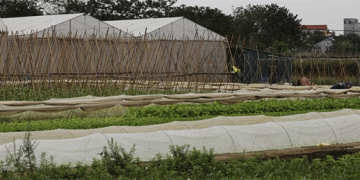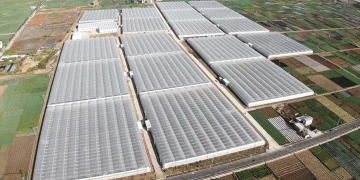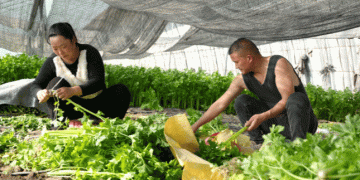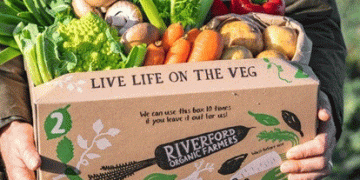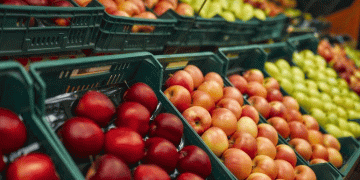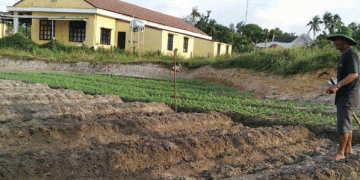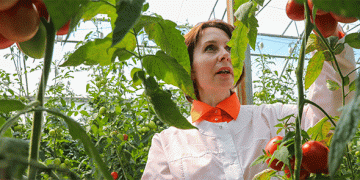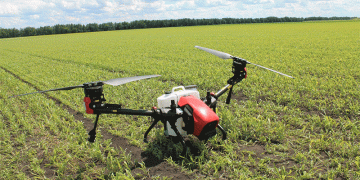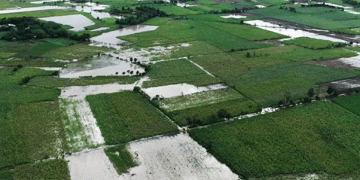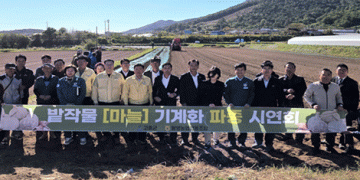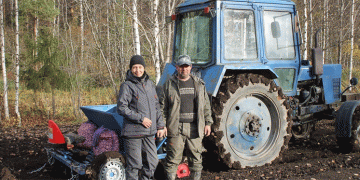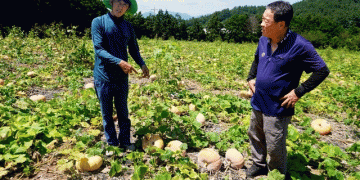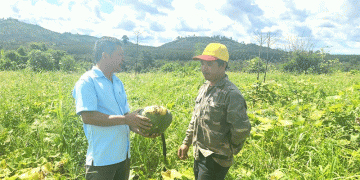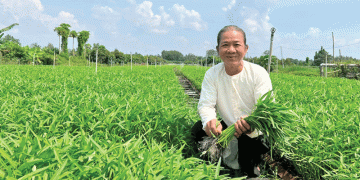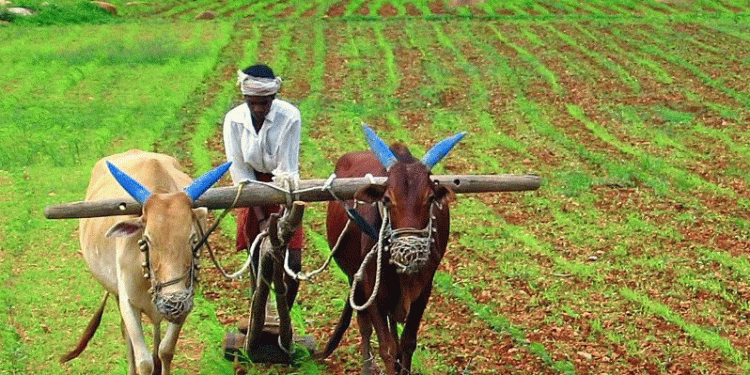Recent reports indicate that several villages in Maharashtra, particularly in Pune’s Daund taluka, are experiencing extreme temperatures, crossing 40°C. Farmers specializing in summer vegetables—such as cucumbers, watermelons, bitter gourds, and tomatoes—are struggling to protect their crops. The Agrovan report highlights that while summer vegetables fetch premium prices, water scarcity and heat stress are reducing yields, threatening farmers’ incomes.
Economic Importance of Summer Vegetables
Summer vegetables like bottle gourd, okra, and chilies are high-value crops, often ensuring better profits for farmers in villages such as Rajegaon, Bhoribael, and Gadewadi. However, irrigation dependency and rising input costs have made cultivation risky. According to ICAR (Indian Council of Agricultural Research), prolonged heat above 35°C disrupts flowering and increases pest attacks (e.g., whiteflies, aphids), potentially slashing yields by 20–30%.
Climate-Resilient Farming Techniques
Experts recommend adopting climate-smart practices to mitigate losses:
- Drought-Resistant Varieties: Use hybrid seeds tolerant to heat and pests (e.g., Arka Rakshak tomato).
- Efficient Irrigation: Shift to drip/sprinkler systems to conserve water (reduces usage by 30–40%, per FAO).
- Mulching: Reduces soil temperature and retains moisture.
- Shade Nets: Protect crops from direct sunlight using greenhouse nets or agro-shade cloths.
- Integrated Pest Management (IPM): Biopesticides like neem oil reduce chemical dependency.
Market Opportunities Amid Challenges
Despite production hurdles, NABARD data shows that summer vegetables command 15–25% higher prices due to lower supply. Farmers in Lonarwadi and Deulgaon Raja are leveraging this by focusing on high-demand crops like cucurbits and leafy greens.
Adapting to a Hotter Future
With climate change intensifying, Maharashtra’s farmers must adopt scientific farming methods and government-supported schemes (e.g., PMKSY for irrigation). Balancing water efficiency, heat-resistant crops, and market trends will be key to sustaining livelihoods in the face of rising temperatures.
